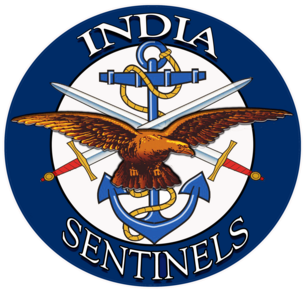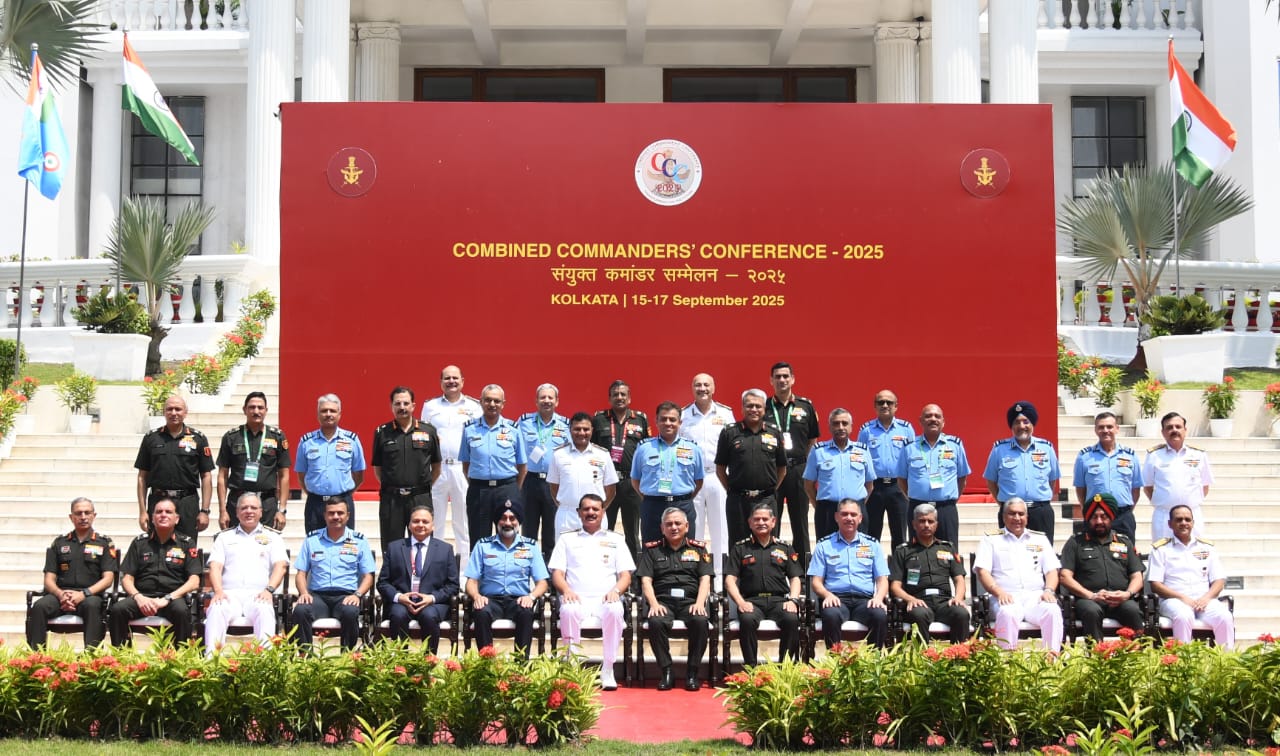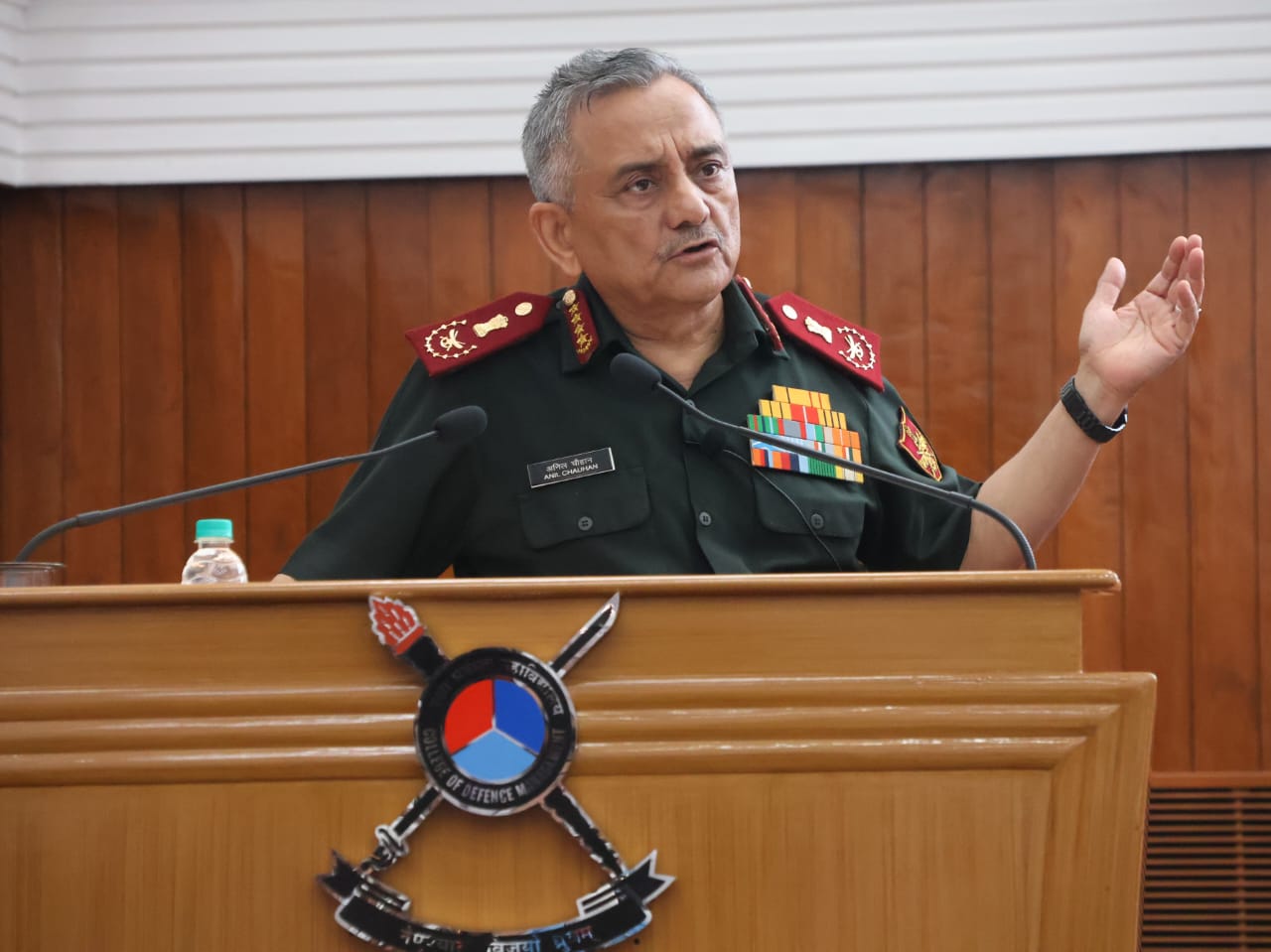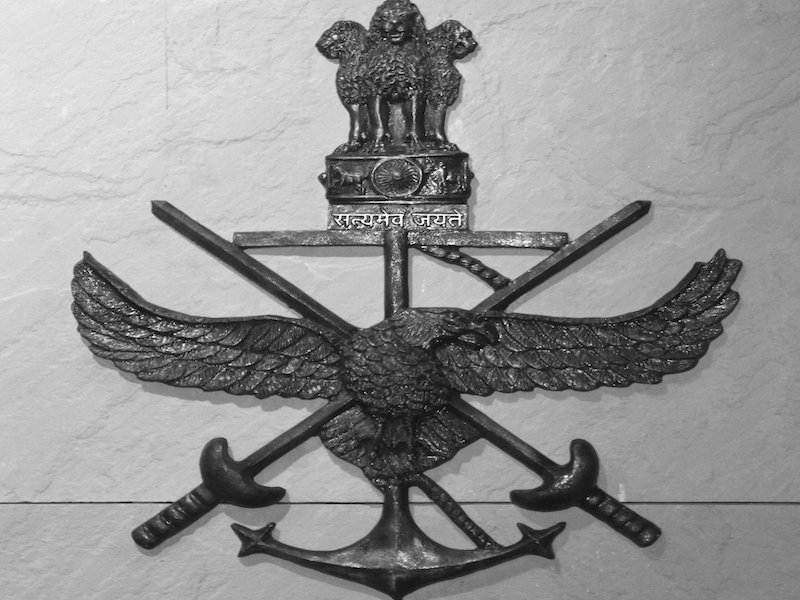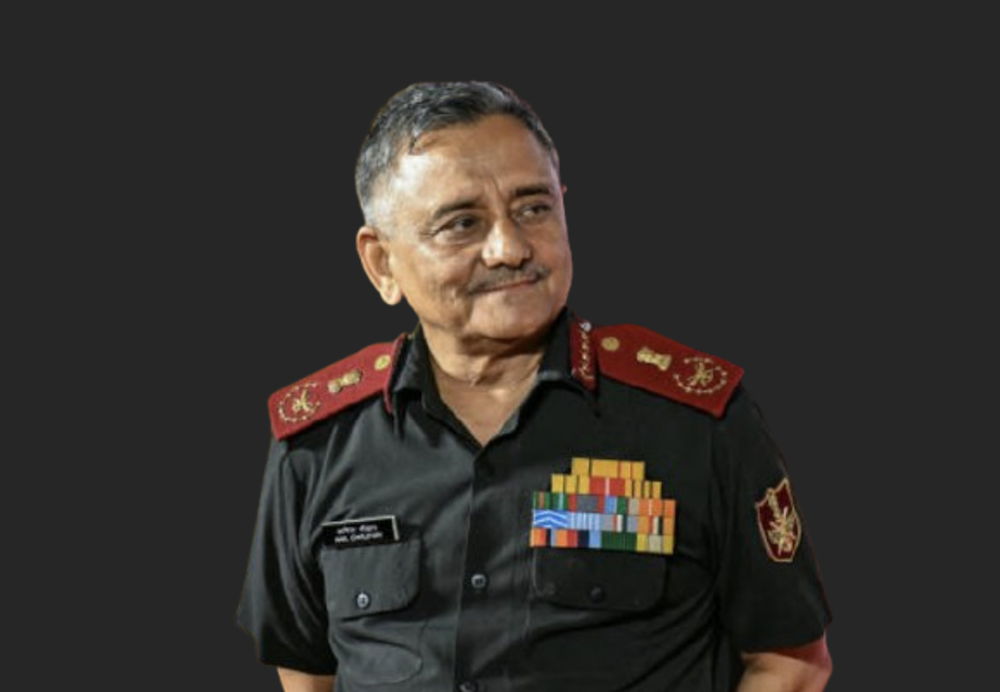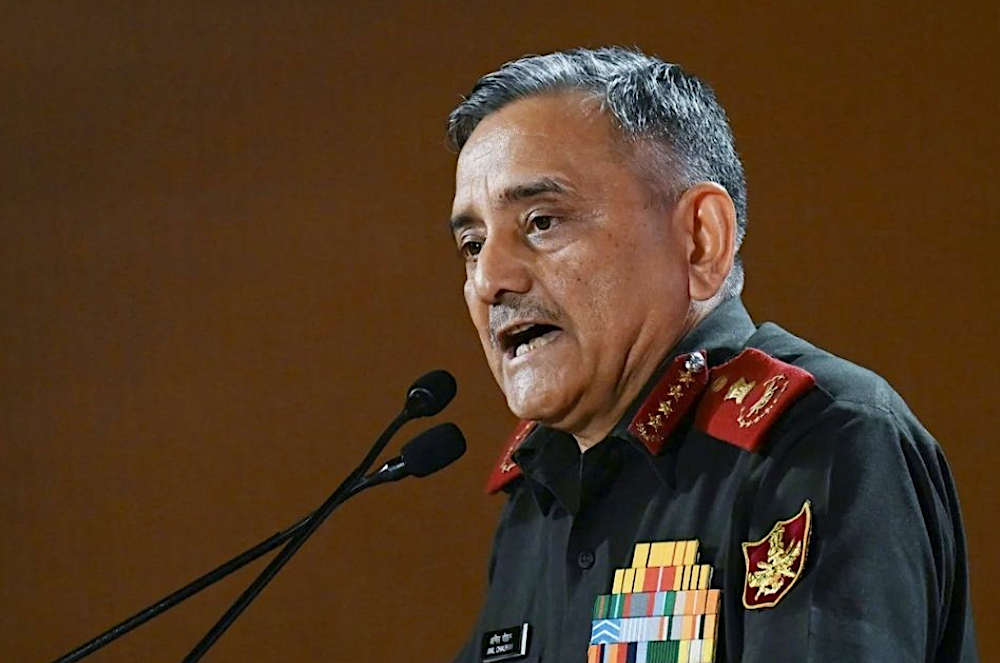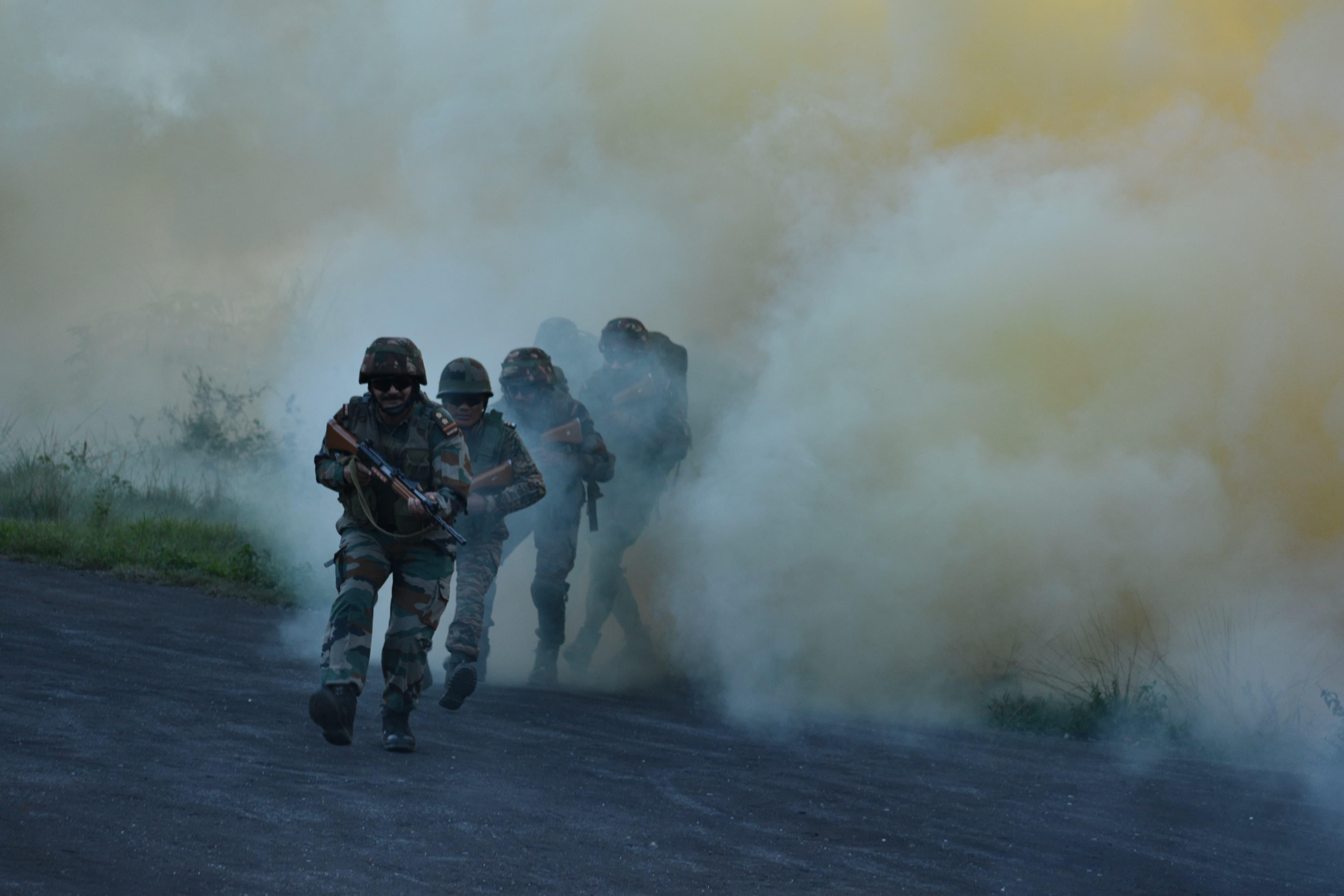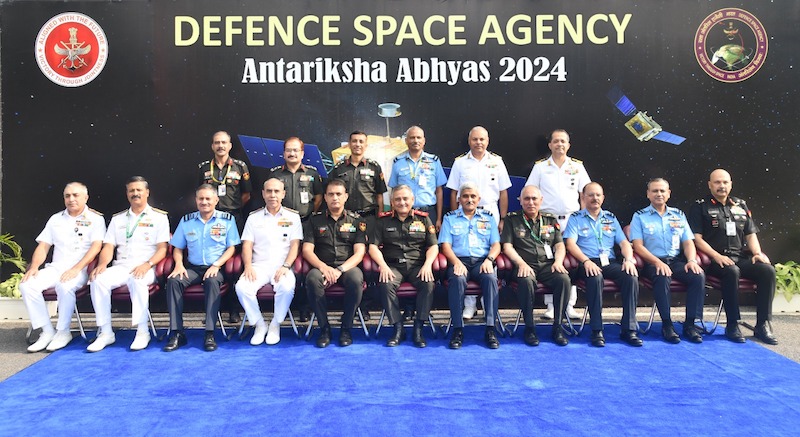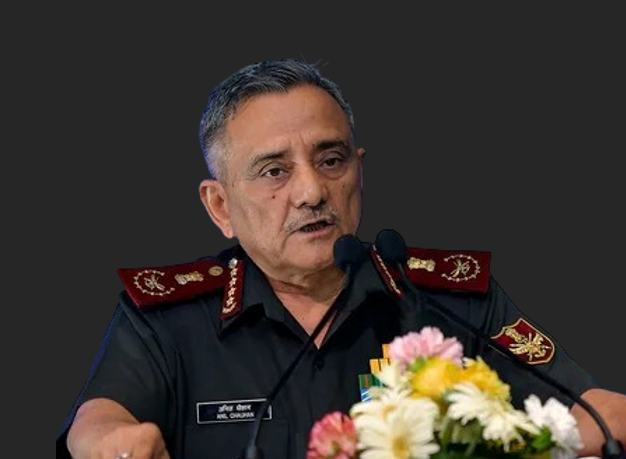 CDS Gen Anil Chauhan.
CDS Gen Anil Chauhan.
Mhow: The top military leadership has acknowledged persistent disagreements over the proposed theaterization of armed forces, after the Indian Air Force chief, Air Chief Marshal Amar Preet Singh seemed to disagree with the theaterization of the country’s armed forces. The chief of defence staff, General Anil Chauhan, emphasized that such “dissonance” would be resolved while keeping the nation’s interests paramount.
Gen Chauhan, speaking at the concluding session of Ran Samvad 2025 at the Army War College here, on Wednesday, sought to address concerns raised by the IAF chief over the pace and methodology of creating integrated theatre commands.
As India Sentinels had reported on Tuesday, ACM Singh had cautioned against hasty restructuring and said it could compromise operational flexibility and decision-making efficiency within the Indian Air Force.
Divergent views
The CDS struck a conciliatory tone while defending the theaterization process, acknowledging that open disagreements among service chiefs had become possible within a “conducive environment” that tolerates different perspectives without raising tensions.
“There could be a difference among the three services, but yet we are able to listen to that point,” Gen Chauhan observed, describing this as a significant development in interservice relations.
The Indian Navy chief, Admiral Dinesh K Tripathi, meanwhile reaffirmed his service’s commitment to synchronizing command structures with the Army and Air Force. Speaking at an earlier session, Adm Tripathi emphasized the Navy’s dedication to “unified planning, common picture and integrated operations” as part of the broader theaterization objectives.
He highlighted the importance of leadership in transforming operational skills and teamwork into decisive outcomes, positioning the navy as a willing partner in the restructuring process.
IAF’s resistance persists
The Air Force chief’s reservations, expressed during a fireside chat on Tuesday, reflected deeper institutional concerns about preserving operational autonomy. Singh argued that existing coordination mechanisms among the four most senior military leaders – the three service chiefs and the CDS – had proven effective during recent operations.
“Just four of us together and planning we did not find any gaps during the operation – everything sorted out,” Singh had stated, referring to Operation Sindoor as an example of successful interservice coordination without additional structural layers.
His position effectively challenges the fundamental premise of theaterization, which seeks to integrate the command structures of all three services under unified regional commanders to optimise resource allocation and decision-making during conflicts.
Delayed implementation
Gen Chauhan acknowledged that India’s military restructuring efforts were running behind schedule, suggesting the integrated command structure should have been attempted a decade earlier. “We are slightly late, but we need to close that particular gap faster,” he admitted.
The theaterization initiative, announced by Prime Minister Narendra Modi’s government in 2019, was designed to enhance synergy among the armed forces by creating unified command structures for specific geographical regions or operational domains. However, concrete progress has remained limited over the past six years.
Currently, India’s military operates with fragmented command structures: the Army and the Air Force maintain seven commands each and the Navy three. The proposed restructuring would consolidate these under joint theatre commanders, potentially reducing duplication and improving coordination during operations.
Broader challenges
The ongoing debate reflects broader challenges facing military modernization efforts worldwide where traditional service boundaries clash with evolving security requirements. Modern conflicts increasingly demand rapid, coordinated responses across multiple domains – land, sea, air, space, cyber, and electromagnetic spectrum – making integration a strategic imperative.
International examples, including the United States’ unified combatant commands and China’s military reforms in recent years, demonstrate both the potential benefits and implementation challenges of such restructuring. Success typically requires overcoming institutional resistance, redefining operational procedures, and ensuring that integration enhances rather than hampers military effectiveness.
The Indian military’s ability to resolve these differences while maintaining operational readiness will prove crucial as regional security challenges continue to evolve. With ongoing border tensions and maritime security concerns, the armed forces face pressure to demonstrate both unity of purpose and operational effectiveness.
The theaterization debate ultimately reflects competing visions of military efficiency: whether integration through structural change or coordination through existing mechanisms better serves national defence objectives. The resolution of this fundamental question will shape India’s military capabilities for decades to come.
